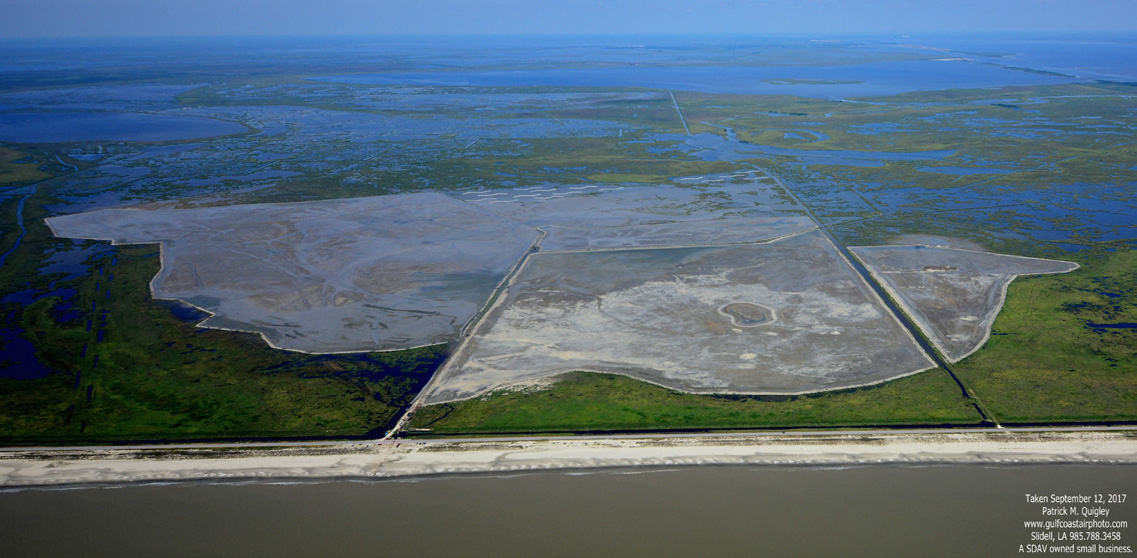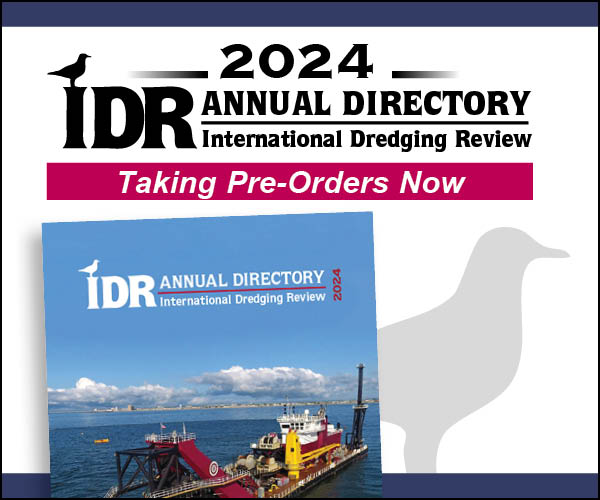In February, the Louisiana Coastal Protection and Restoration Authority (CPRA) announced that construction is complete on the Oyster Bayou Marsh Creation and Terracing project in Cameron Parish. Construction on the project began in December 2016.
Located west of the Calcasieu Ship Channel near the Gulf of Mexico, this project used dredged sediment from the Gulf of Mexico to create and nourish approximately 600 acres of salt marsh and more than 2.5 miles of earthen terraces. This was a Coastal Wetlands Planning, Protection and Restoration Act (CWPRRA) project with a cost of $31 million.
Prior to restoration, the project area had experienced altered hydrology, drought stress, saltwater intrusion and hurricane-induced damage that caused it to lose much of its valuable wetlands. The newly created and nourished marsh will reduce the rate of wetland loss, and the earthen terraces will further reduce erosion north of the marsh area.
This project was designed to work synergistically with an earlier completed project, the Cameron Shoreline Restoration project. Completed in 2014, this project restored nine miles of shoreline from the Calcasieu Ship Channel’s entrance to beyond Holly Beach. The project was designed to protect the Oyster Bayou wetlands, as well as Highway 82, which were both threatened by the rapidly eroding shoreline.
“Any breach of the highway would have increased salinity and introduced rapid tidal exchange that would convert the marsh north of the road into open water,” said CPRA Executive Director Bren Haase. “If we were going to restore the Oyster Bayou marsh, we first needed to design and build a project to protect that investment.”
Another project nearing completion in the region is the Cameron-Creole Watershed Grand Bayou Marsh Creation project, located about six miles northeast of the community of Cameron. This project benefits 534 acres of marsh. This was a CWPRRA funded project at a cost of $24.7 million. In January 2019, an additional $2.3 million was allocated from the Department of Natural Resources (DNR) mitigation and beneficial use funds, which could expand the project to an additional 50 or more acres of marsh restoration and nourishment.




